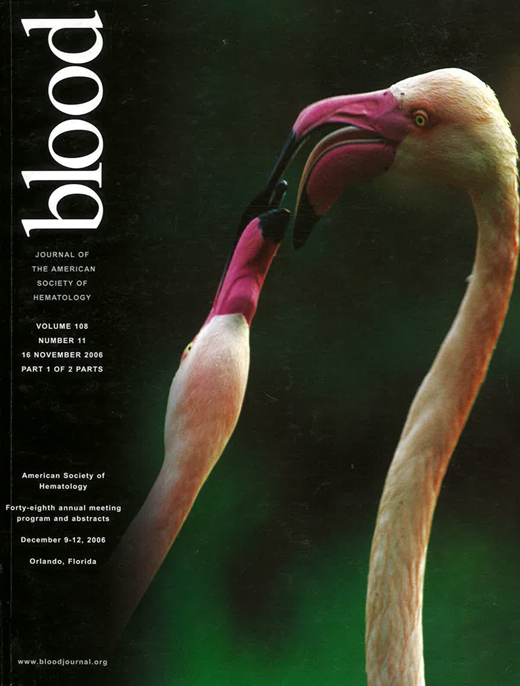Abstract
The efficacy of radioimmunotherapy (RIT) for patients with hematologic malignancies is currently limited by non-specific delivery of radiation to normal tissues, due to the long circulating half-life of radiolabeled antibodies (Ab) in the bloodstream. Our group has documented the promise of pretargeted RIT (PRIT) using a covalent conjugate of BC8, an anti-human (h)CD45 Ab, with streptavidin (SA) and radiobiotin to augment the efficacy and decrease the toxicity of RIT. Although pilot mouse xenograft experiments with anti-hCD45 PRIT are encouraging, their interpretation is confounded because human target antigens (including hCD45) are confined to xenograft tumor cells, whereas murine tissues lack hCD45 and will not bind anti-hCD45 Ab. We therefore compared direct one-step and pretargeted anti-murine (m)CD45 RIT using the 30F11 Ab in a model of mouse acute myeloid leukemia (mAML) where the target antigen is present on both myeloid leukemia cells and normal hematopoietic tissues to more rigorously test anti-CD45 PRIT before proceeding to human clinical trials. The in vivo blood half-life was 9.6 hr after injection of 0.65 nmol of 125I-30F11 Ab in SJL/J mice. We inoculated SJL/J mice with 1x105 leukemic PBMC or spleen cells i.v., followed 23 days later by 0.65 nmol of 125I-30F11-SA to assess biodistributions of the radioimmunoconjugate in a tumor-bearing model. Groups of mice were euthanized at serial time points, and the percent injected dose per gram (% ID/g) was measured by gamma counting. Excellent specific localization of 125I-30F11-SA was observed in leukemic sites including bone marrow (BM) and spleen compared to non-hematopoietic organs, with maximal target organ uptake seen after 8 hrs and peak target organ-to-normal organ ratios of radioactivity seen 8-24 hrs after injection of the conjugate. After 8 hrs, 106 ± 27% and 90 ± 12% ID/g of 125I-30F11-SA was delivered to BM and spleen, respectively, compared with ≤8.9% ± 2.3% ID/g for non-hematopoietic organs. The BM-to-blood and spleen-to-blood ratios after 8 hrs were 12.1:1 and 10.4:1, respectively. The estimated dose of radioactivity delivered by 131I-30F11-SA was >100 Gy/mCi for both the BM and spleen. The % ID/g in blood fell to ≤10% of the initial concentration within 30 minutes when 5.8 nmol (50 μg) of a clearing agent (CA; synthetic biotin-N-acetyl-galactosamine) was injected to remove residual conjugate from the circulation. The maximum effect of the CA was observed when it was administered 2-4 hrs after 125I-30F11-SA injection. In PRIT experiments leukemic SJL/J mice were injected with 0.65 nM of 125I-30F11-SA followed 8 hr later by 5.8 nM of a CA and 2 hr after that with 1.2 nM of 111In-DOTA-biotin. Biodistribution results demonstrated improvement in the target organ to non-target organ ratios obtained using PRIT due to elimination of non-specific radiation exposure from blood-borne radiolabeled Ab. PRIT employing the CA resulted in a BM-to-blood ration >40:1 and a spleen-to-blood ratio >20:1. These data suggest that anti-CD45 PRIT using an anti-CD45-SA conjugate in a syngeneic murine model of disseminated leukemia is highly effective and the reagents used to achieve pretargeting do not appear to be toxic. Therapeutic studies using the Ab-SA conjugate in mAML mice are on-going.
Disclosure: No relevant conflicts of interest to declare.
Author notes
Corresponding author

